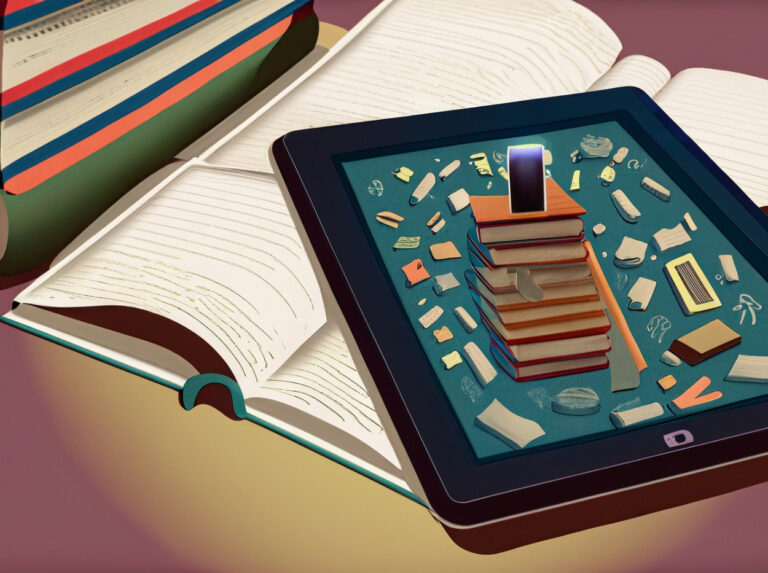Most books, especially those aimed at a younger audience, will list out the intended age or reading level of the book. If you’re unsure where to start, look over the front and back covers of the book. You can also check through the first few pages to see if you spot any indication of a given reading level. There are different systems for determining the reading levels of a book. The most common are Guided Reading Level (GRL), Developmental Reading Level (DRL), and Lexile® Measures. These are applied to books at a sixth grade or lower reading level. Once at a sixth-grade reading level books begin to be classified as middle grade, young adult, new adult, and adult. These older ‘reading levels’ tend to have more to do with the content, subject, and ages of characters, than the difficulty of reading material itself.
A few other ways to determine the reading level of a book include:
- Reviewing the contents itself to determine the complexity of sentences and words
- Using an app like Levelit
- Using the SMOG system
- Making a calculation based on the Flesch-Kincaid scale
A person or child’s age will not determine their reading level. Plenty of individuals read above the average reading level of their age. Testing for reading level will observe fluency, comprehension, and accuracy.
Up Next: Why Should You Read?



